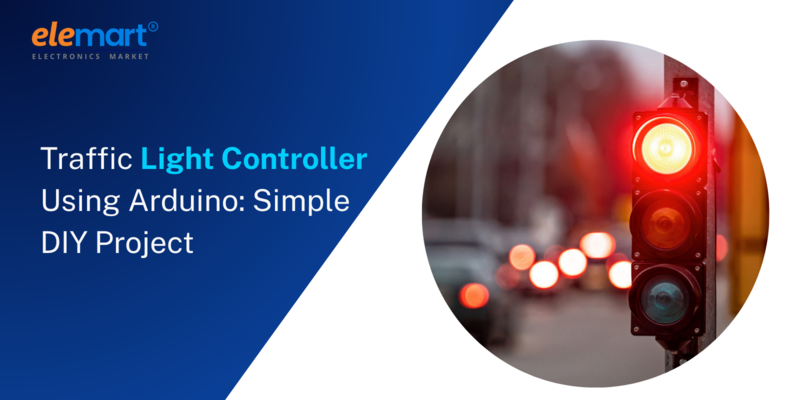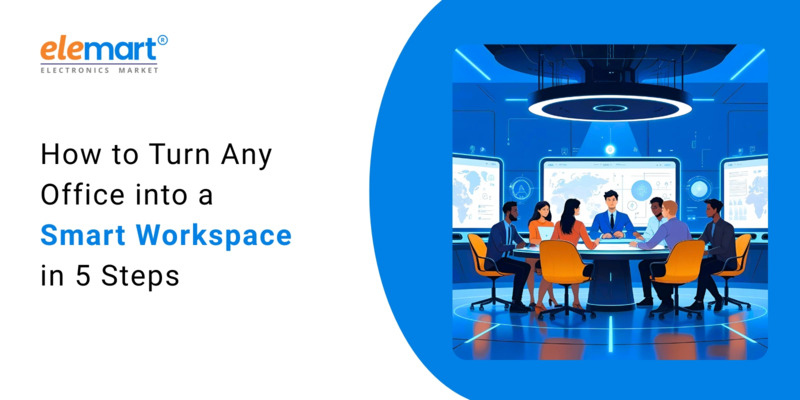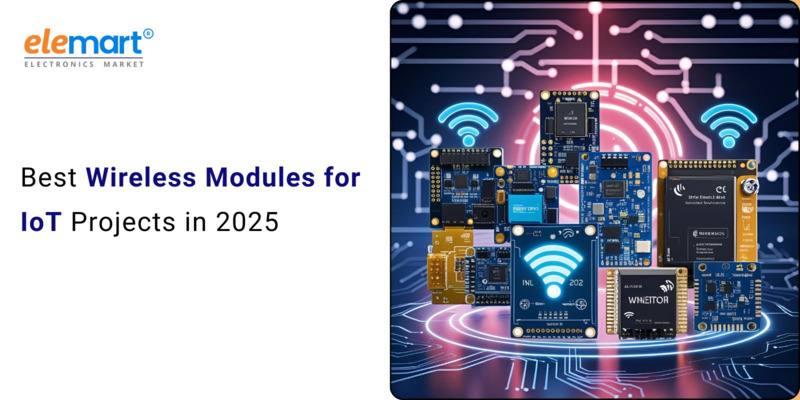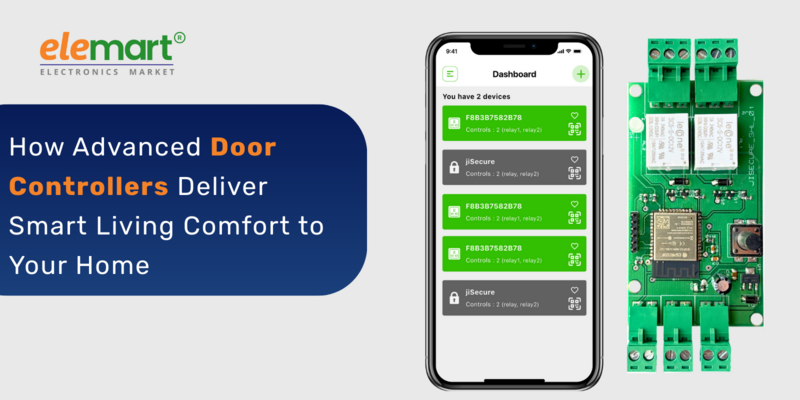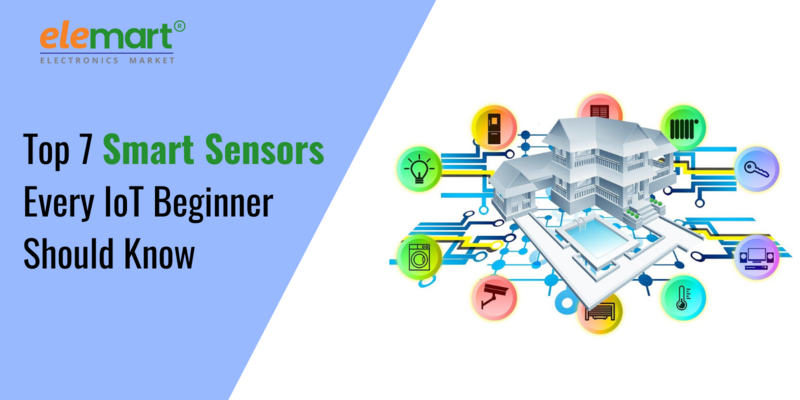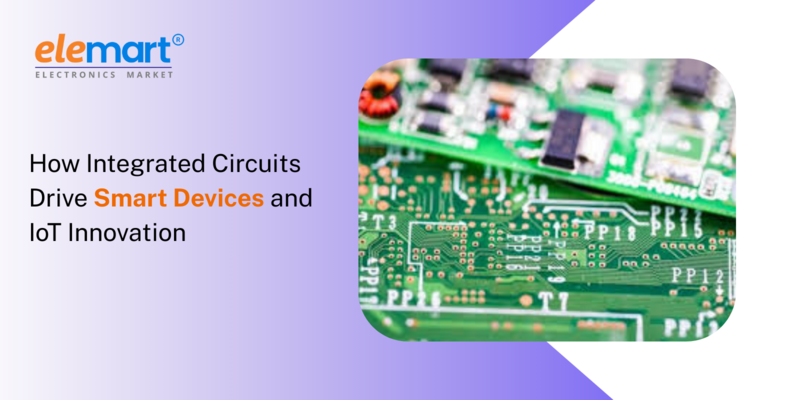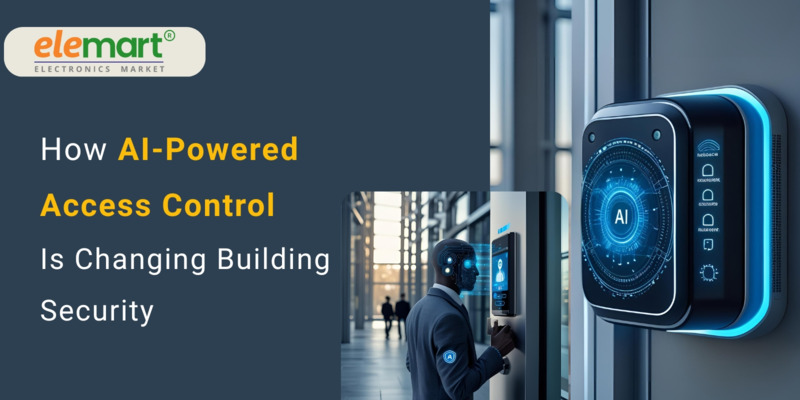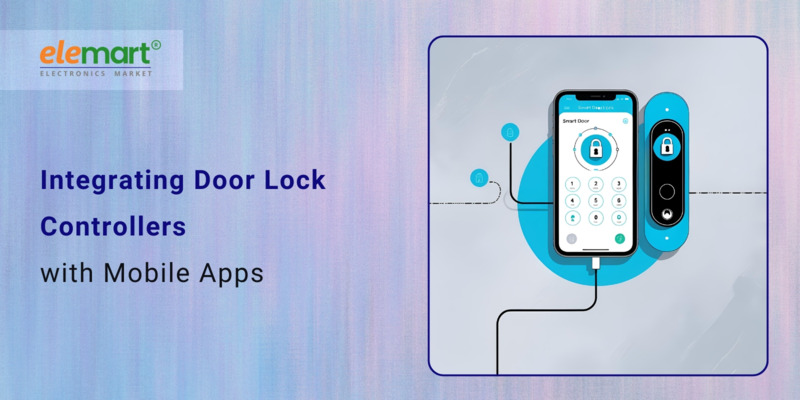- Jun 26, 2025
Share this post on:
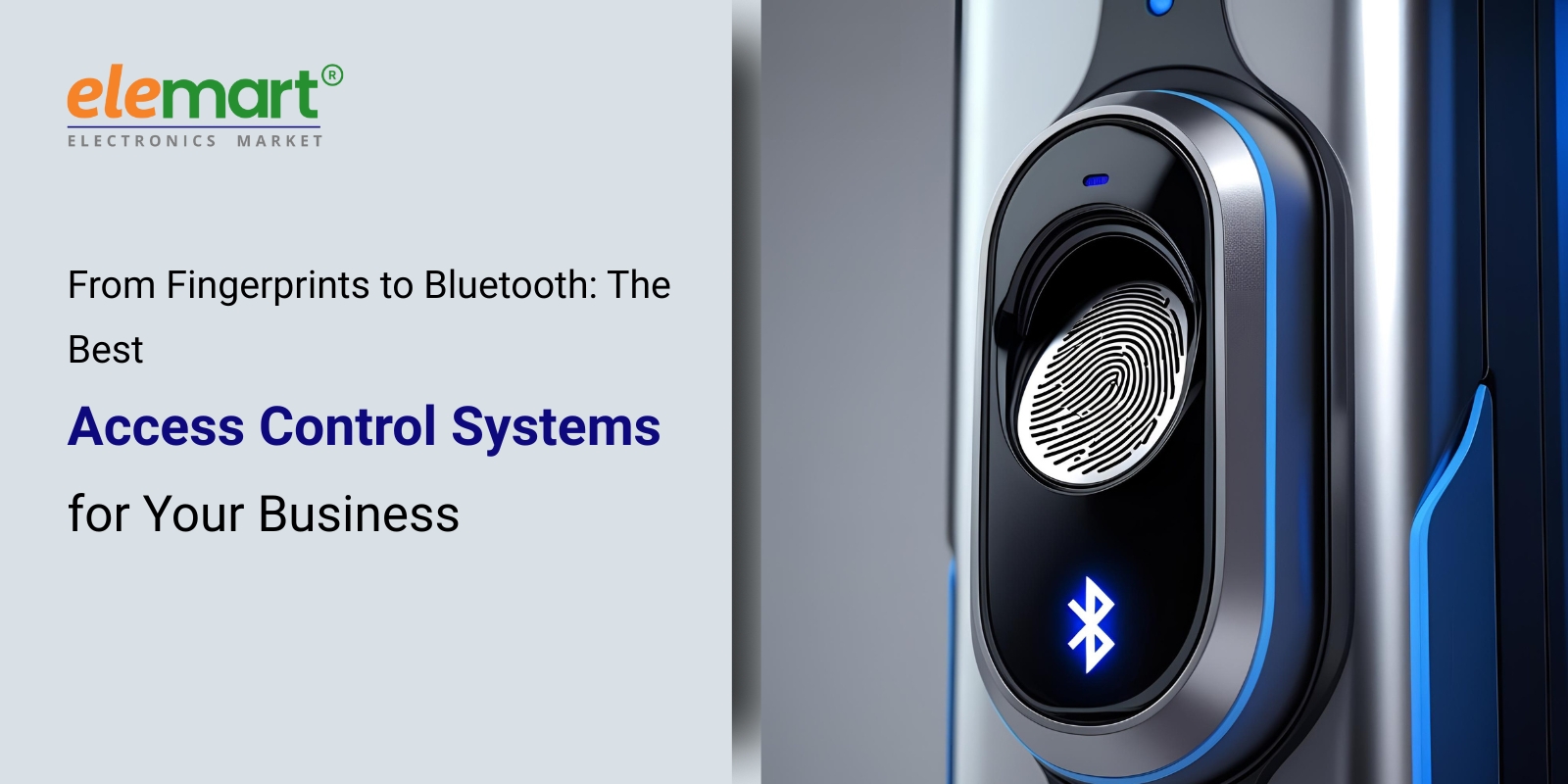
For years, securing a business meant a simple keyed lock. But in today's world, data breaches, employee security concerns, and the evolving nature of work demand more sophisticated solutions. Access control systems have come a long way from those basic locks, offering businesses a range of options – from biometrics to mobile credentials – to protect their assets, employees, and data. This blog post will explore the different types of access control systems available, their pros and cons, and help you decide which one is right for your business.
Why is Access Control Important for Your Business?
Before diving into the what, let's quickly reinforce the why. Robust access control isn't just about preventing theft; it's about:
- Enhanced Security: Controlling who enters your premises significantly reduces the risk of unauthorized access and potential threats.
- Data Protection: Sensitive data is often stored on-site. Access control limits who can access this information.
- Employee Accountability: Tracking employee movements within the building can improve accountability and streamline operations.
- Regulatory Compliance: Many industries have specific regulations regarding security and data protection that require strict access control.
- Operational Efficiency: Modern systems can integrate with other business processes, improving efficiency and reducing manual effort.
- Incident Response: In the unfortunate event of an incident, access control data can be crucial for investigation and recovery.
Understanding Access Control Levels: Tiered Security
Access control systems are generally categorized into tiers, indicating their complexity and sophistication:
- Tier 1: Traditional – Keys and Combinations – This is your basic keyed lock, combination padlock, or even a simple gate code. It's the least secure and offers minimal control.
- Tier 2: Electronic Access – Key Cards & Fobs – These systems use key cards, fobs, or PIN codes to grant access. They offer better control than keys, allowing for easy deactivation and tracking of access rights.
- Tier 3: Advanced – Biometrics and Networked Systems – These systems incorporate biometric identifiers (fingerprints, facial recognition) and are typically networked, allowing for centralized management and enhanced features.
- Tier 4: Integrated Systems – This is the pinnacle, integrating access control with other security systems (video surveillance, alarm systems) and potentially business applications (HR, time and attendance).
Tier 2: Electronic Access – Key Cards & Fobs: A Solid Foundation
Let’s start with a workhorse solution for many businesses.
- How it Works: Users are issued key cards or fobs that communicate with a reader at the door. The system verifies the credential and, if valid, grants access.
- Pros: Relatively inexpensive to implement, easy to manage (adding/removing access rights is straightforward), provides a higher level of security than keys, can track access history.
- Cons: Cards and fobs can be lost or stolen, requiring immediate deactivation and replacement. Susceptible to duplication (though anti-cloning measures are increasingly common). Doesn't offer the highest level of security.
- Cost: $500 - $5,000 for a basic system (depending on the number of doors and readers).
- Best For: Small to medium-sized businesses needing a step up from traditional keys, offices, retail spaces.
Tier 3: Advanced – Biometrics and Networked Systems: The Future of Security
Biometrics and networked systems represent a significant leap in access control technology.
- Biometric Access Control:
- Fingerprint Scanners: The most common biometric option. Relatively affordable and accurate.
- Pros: Highly secure, difficult to forge, eliminates the risk of lost or stolen credentials.
- Cons: Can be affected by skin conditions (cuts, dryness), some users find the scanning process inconvenient.
- Facial Recognition: Increasingly popular, offering a hands-free experience.
- Pros: Contactless, fast, and convenient. Can be combined with other verification methods for added security.
- Cons: Concerns about privacy and accuracy (especially in varying lighting conditions). Can be more expensive than fingerprint scanners.
- Iris Scanners: The most secure biometric option, but also the most expensive.
- Fingerprint Scanners: The most common biometric option. Relatively affordable and accurate.
- Networked Access Control Systems: These systems connect to a central server, allowing for centralized management, real-time monitoring, and integration with other systems.
- Pros: Real-time access control, remote management, detailed reporting, integration capabilities.
- Cons: Requires a network infrastructure, potentially more complex to administer.
- Cost: $2,000 – $20,000+ (depending on the complexity and features).
- Best For: Medium to large businesses with high security needs, data centers, healthcare facilities, research labs.
Emerging Trends: Mobile Access & Bluetooth Credentials
The future of access control is increasingly mobile.
- Mobile Access: Users can use their smartphones as access credentials, eliminating the need for physical cards or fobs.
- Bluetooth Credentials: Utilize Bluetooth Low Energy (BLE) technology to grant access. Offers a convenient and secure way to enter premises.
- Pros: Convenient, eliminates the need for physical credentials, can be integrated with other mobile apps.
- Cons: Relies on smartphone battery life and Bluetooth connectivity, potential security vulnerabilities if not implemented correctly.
- Bluetooth Credentials: Utilize Bluetooth Low Energy (BLE) technology to grant access. Offers a convenient and secure way to enter premises.
- Cost: Varies widely depending on the system and integration requirements.
- Best For: Businesses looking to enhance convenience and user experience, tech-savvy companies, modern workplaces.
Choosing the Right System: Key Considerations
Selecting the best access control system for your business isn’t a one-size-fits-all decision. Consider these factors:
- Security Needs: Assess your risk profile and the sensitivity of your assets.
- Budget: Consider upfront costs (hardware, software, installation) and ongoing expenses (maintenance, support).
- Number of Doors/Access Points: The more access points, the more complex the system will be.
- User Base: The number of users will impact the scale of the system and the management requirements.
- Integration Needs: Do you need to integrate the access control system with other security or business systems?
- Ease of Use: The system should be user-friendly for both employees and administrators.
- Scalability: Can the system grow with your business?
- Compliance Requirements: Does your industry have specific access control regulations?
Conclusion: Securing Your Business in the Modern Age
Access control systems have evolved significantly, offering businesses a range of options to enhance security, streamline operations, and protect valuable assets. From basic key cards to advanced biometric solutions and mobile credentials, choosing the right system requires careful consideration of your specific needs, budget, and long-term goals. Don't just think of access control as a way to lock doors; view it as a strategic investment in the security and efficiency of your business. Consulting with a qualified security professional is always recommended to ensure you select and implement the best solution for your unique requirements.
